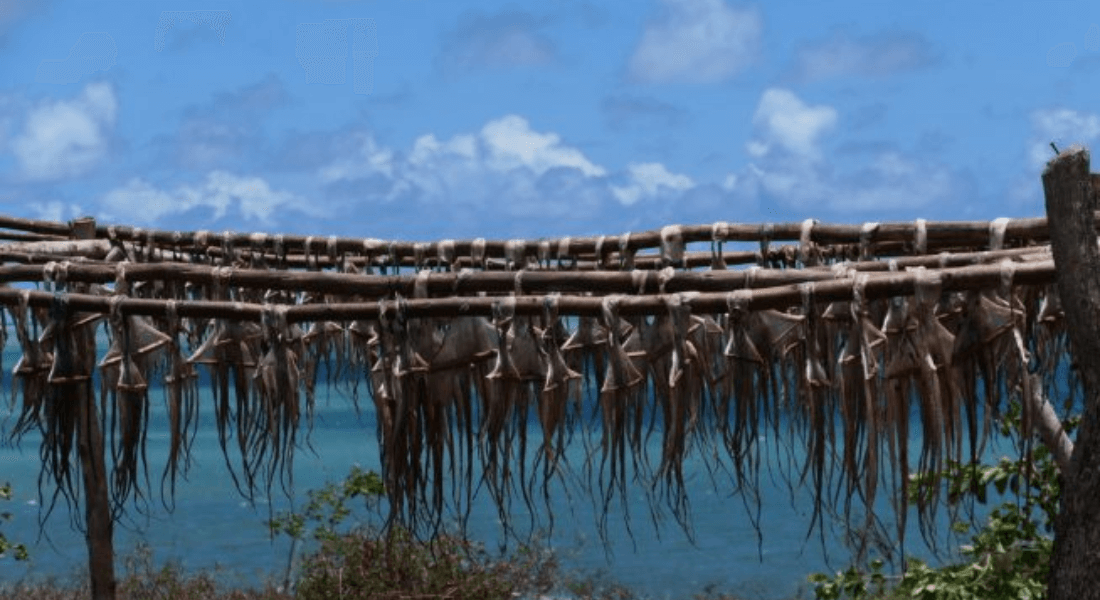Islands in the Indian Ocean: Development and Biodiversity
Why have the island states become so successful?

In the latest news Associate Professor Stig Jensen, after a visit to the island state delves into the islands of the Indian Ocean focusing on their biodiversity, development, and the impact of colonization today.
The first article titled, 'Part of - but also far from - Africa: Can Mauritius become a development model for other African nations' focuses on how Mauritius is at the top of Human Development Index. At independence there was pessimism from international scholars for the country; however, in diversifying their main income from sugar exportation to tourism, the country has surprised everyone with their accomplishment creating an African development success story. Stig Jensen has identified four political development phases that need to be understood. First, in the preliminary phase, there was an industrialization effort that incorporated a robust textile industry. Second, in the 1970s the state invested in creating relationships with potential investors, introduced discussions with vital markets primarily in Asia, and established a welfare state. Thirdly, in the 1980s the state entered into structural adjustment agreements with the IMF and the World Bank which led to a devaluation of the currency. Also leading to increase foreign investment and tourism played a vital role in the GDP increase. This tourism provided new job opportunities on the island. Finally, there was a great push to diversify the economy through the service sector in combination with establishing free education and other civil services for the public. Ultimately, the transformation of the country, against all odds, is an inspiration to other African nations who could be inspired by Mauritius' economic diversification as well as the many jobs that draw people from the continent to the island.
The second article titled, 'Rodrigues is the jewel of the Mascarenes and the home of a mythical giant bird' delves into the biodiversity of the region. In line with the other islands in the region, Rodrigues was originally home to eleven endemic bird and two species of giant turtles. Today, there is an effort to protect the remaining endemic bird species and turtles from the region both for protecting biodiversity and boost the tourism business.
A third article will follow in Globalnyt.dk which focuses on biodiversity starting with the impact colonization had including the introduction of exotic species. Also, highlighting more recent rewilding initiatives in order to help endangered species becoming extinct additionally, reflecting on initiatives to revive the mythical dodo.
